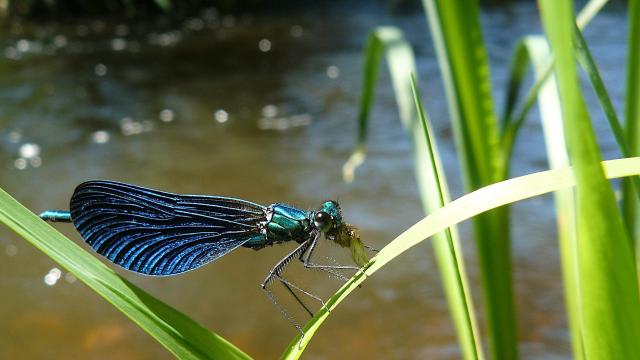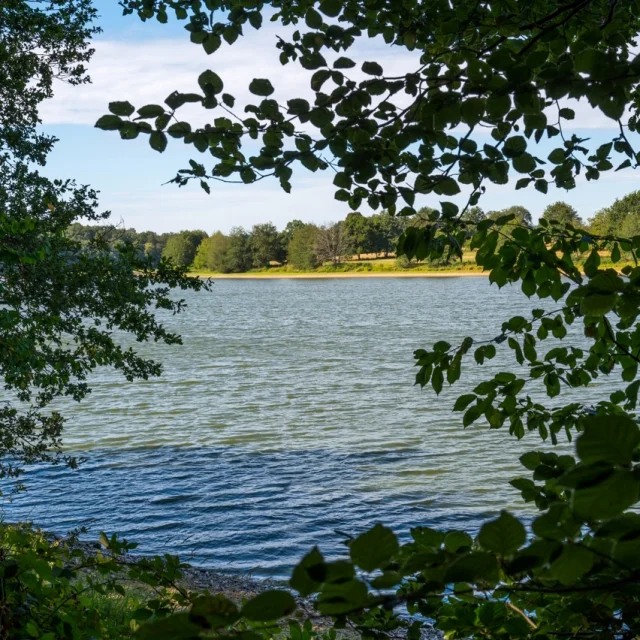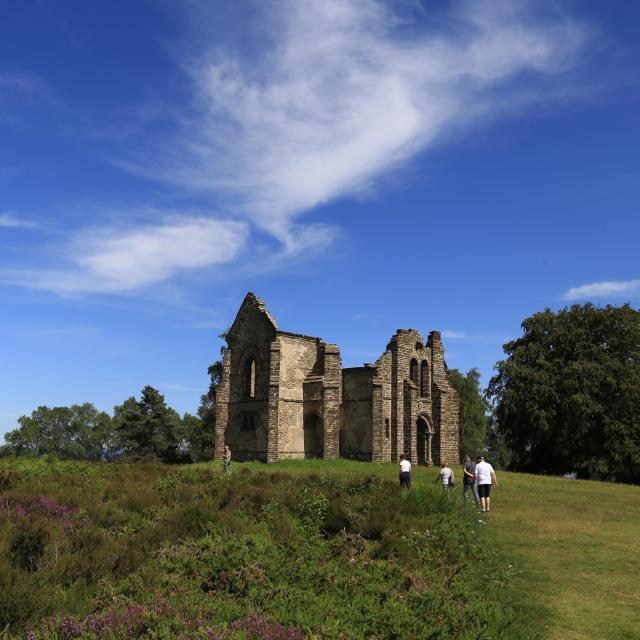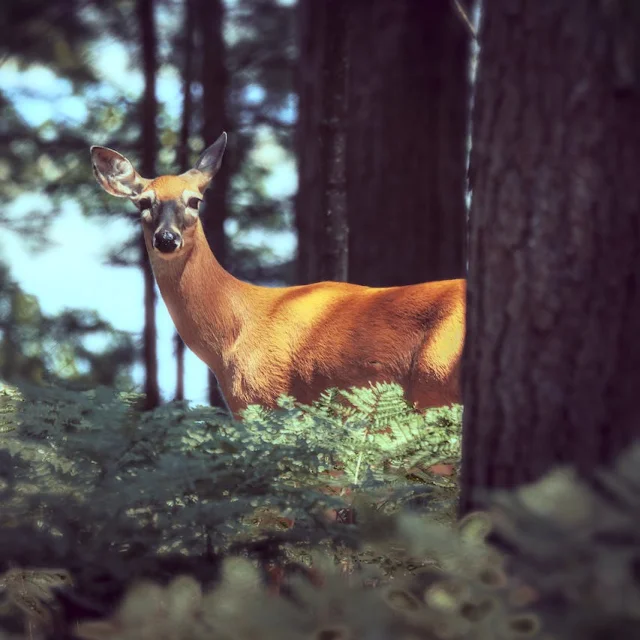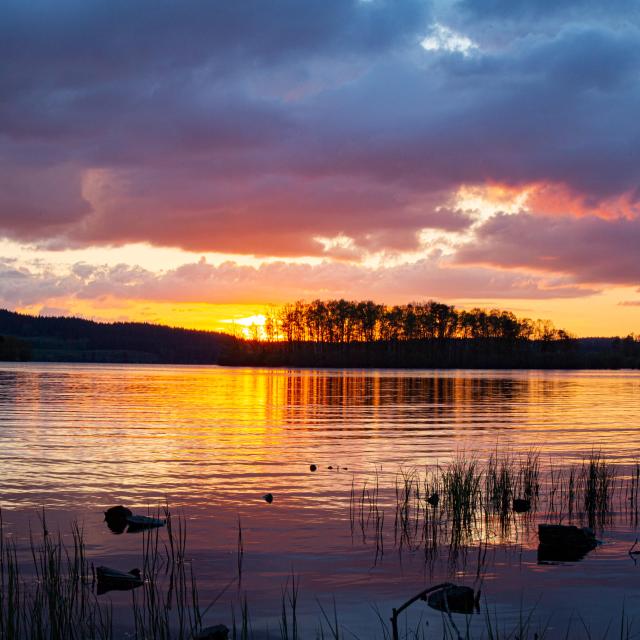The Haute-Vienne is a land of varied landscapes and a rich, unspoilt natural environment. The region is dotted with remarkable natural environments, including peat bogs, dry heather moors, chestnut forests, deciduous forests and meadows, all of which provide refuge for numerous animal species. The département has around thirty natural areas. Haute-Vienne has 75 listed natural sites and 4 classified sites (Tourbières des Dauges, Astroblème de Chassenon, the ancient cemetery of Chalard, and the park and château of Nieul).
If you’re a nature-lover, Haute-Vienne is the place for you. With over 200 hiking trails to choose from, you’ll be able to discover the rolling, varied landscapes of Haute-Vienne. You can also discover ancient villages and traditional architectural heritage.
Come and discover the beauty of Haute-Vienne’s natural spaces. You can enjoy activities such as hiking, cycling, fishing and birdwatching. You can also discover registered and protected natural sites such as “Tourbière des Dauges” and the Chassenon astrobleme.
 Vue sur la campagne Les 3 Clefs de Gaya
Vue sur la campagne Les 3 Clefs de Gaya



